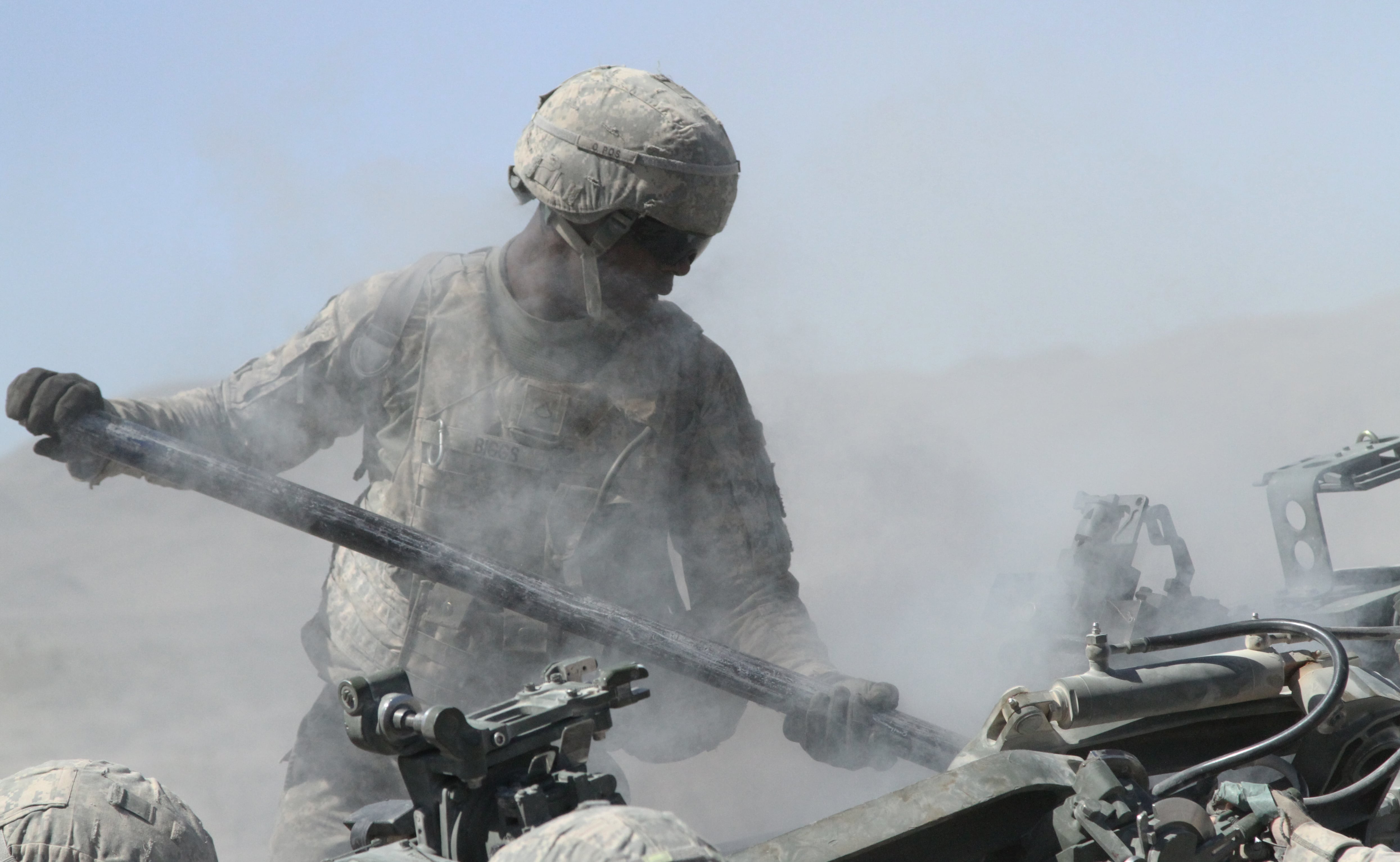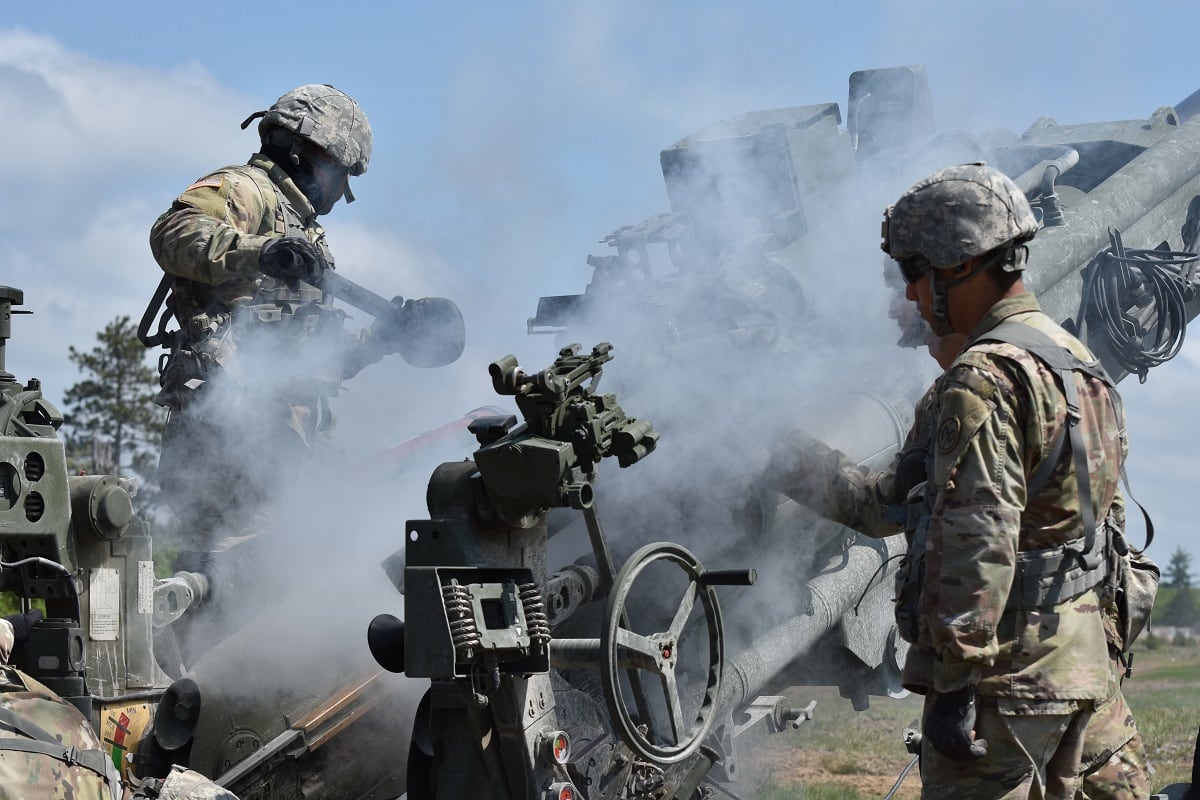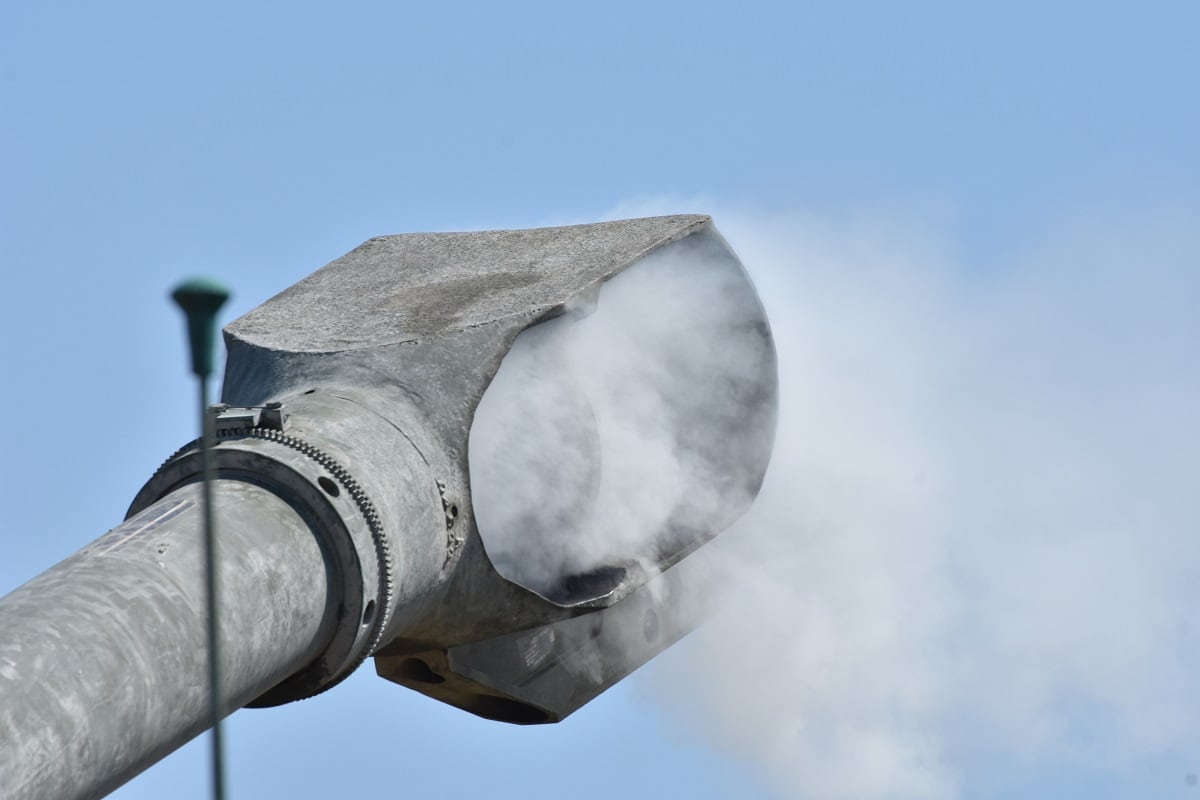A recent announcement by an aerospace and defense manufacturer could solve long-range fire problems that have bedeviled military planners for years.
Nammo, a Norwegian company, recently showcased a compact, solid-fuel ramjet artillery ammunition they say will strike targets at ranges of 60 miles or more.
That’s nearly double the farthest-reaching artillery ammunition and far surpasses conventional artillery, which tops out at about a dozen miles.
RELATED

The company has been making rocket motors for more than half a century, according to the release.
“Some years ago, we began looking at using air breathing motors to help extend their range, but we quickly saw the massive impact this could have if we fitted it to an artillery shell,” said Erland Ørbekk, vice president of technology with Nammo’s business unit for Aerospace Propulsion.
Ramjet technology requires a rocket assist for firing, which is provided by the artillery cannon ignition before it takes flight.

Nammo plans to test fire the projectile beginning next year or at least by 2020, aiming for an operational round by or before 2024.
The services are experimenting with novel firing arrangements as well as extending ranges. Soldiers are scheduled to fire artillery off Navy ship decks this summer in the world’s largest maritime exercise.
Last year, the Marine Corps fired High Mobility Rocket Systems off ship decks.
Both efforts fall within the work that’s being done to improve “cross-domain fires” — a priority for each of the services, to basically bring to bear a host of precision fires from wherever they reside onto targets for maximum lethality effects.
The Marines are working on ways to improve the capabilities of the HIMARS system and find ways to attack from ships. The Corps also is asking industry to provide a mobile, coastal missile defense system for expeditionary operations.
During hearings in April, senators probed Army leaders about what they’re doing to catch up and get ahead of near-peer competitors in the race to increase range and rapidity of fire systems such as artillery and shortrange missiles.
Army Secretary Mark Esper at the time said that each of the combatant commanders he’d spoken to independently brought up concerns about being outgunned.

The three levels of programs that Esper said he and Army Chief of Staff Gen. Mark Milley are focusing effort on are tactical, operational and strategic.
The tactical focus right now is on the Paladin Integration Management program, while the operational focus is on the Extended Range Cannon Artillery program. Strategic-level concerns center around hypersonic projectile technology.
The goal of the extended range program is to double existing artillery ranges. Nammo’s work could more than quadruple those ranges.
Todd South has written about crime, courts, government and the military for multiple publications since 2004 and was named a 2014 Pulitzer finalist for a co-written project on witness intimidation. Todd is a Marine veteran of the Iraq War.




